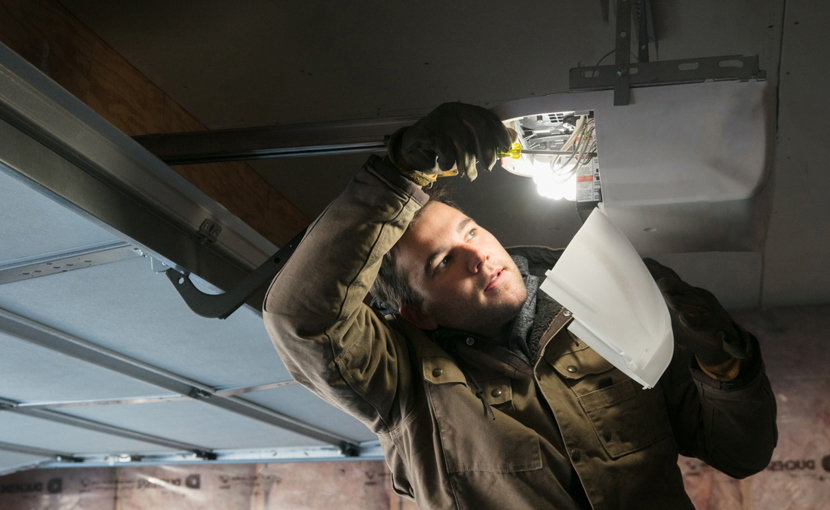Overhead Door Technician
Overhead door technicians install, service, repair and conduct preventative maintenance on residential and commercial overhead sectional doors, coiling doors, coiling and sliding steel fire doors, electric operating devices for these doors, dock levelers, electric gate openers and access control devices for residential, commercial and industrial sites.



